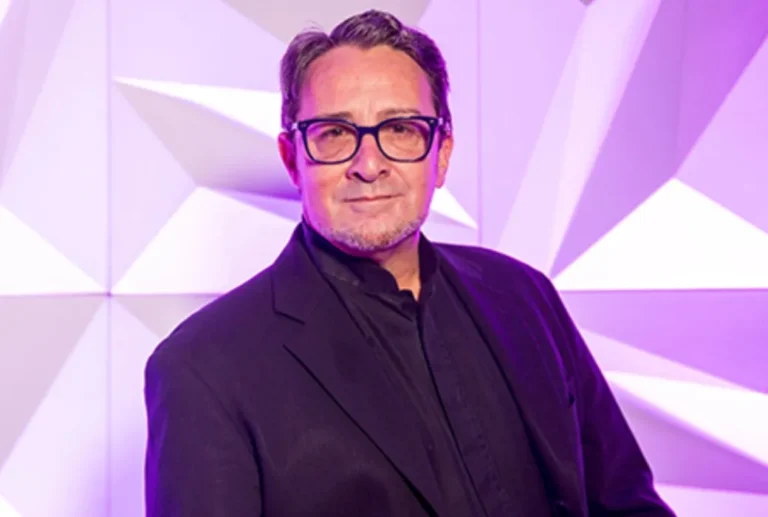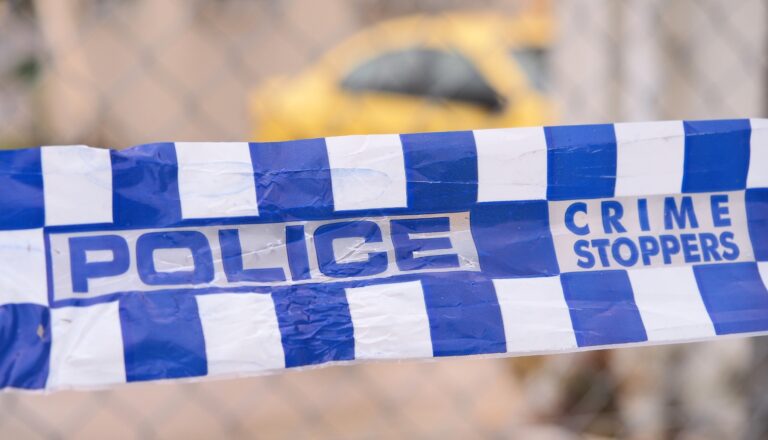
Express Yourself
“I do graffiti because I can’t help it,” says Aaron (not his real name), 18, a young Sydney writer. Whether through passion or an addiction to the thrill, he narrowly avoided a jail term because of an art form that is still much maligned, little understood. Graffiti runs the gamut of public opinion. Many laud artists like Briton Banksy – who has sold pieces for up to £100,000 – and Obey Giant, the cult phenomenon responsible for the Obama Progress posters. But behind the big names and public acclaim for graffiti’s ‘sanctioned’ variants lurks censure and the sticky end of the law, as many small-time street artists face charges more severe than for assault. To put it in perspective, in February this year 18-year-old first time offender Cheyene Black was sentenced to three months in jail – costing taxpayers approximately $33,600 – for $200 worth of damage when she tagged a city cafe. “Burglary and assault are crimes, graffiti is personal advertising,” reckons Aaron. “It’s seen as a serious crime because of over-hyped, exaggerated media bullshit. But it’s important to note that shit like broken windows, torn up seats, and actually breaking public property comes under ‘vandalism’, which they group with graffiti to make us look worse.”
Lying somewhere in between the extremes is the increasing acceptance of council-funded street art and legal walls, such as those seen in Leichhardt Council’s Like Art Street Art project, areas like the Birrung Art Space in White Bay, and the 2042: Art on the Street walkabout tours held late last year in Newtown. Acknowledging that graffiti transforms the streets into a ‘vibrant urban art space,’ why then are graffiti task forces continuing to up the ante? Chez from the Chemistry Unlimited crew, has been painting since 1989 and calls governments to finally recognise graffiti as a worldwide phenomenon that can’t be stopped – and that they’d be better off working with the artists, than against. This is something she has tirelessly promoted through her work with various youth community programs throughout Australia. Aaron agrees, but thinks there could be something in the division between “writers who want to paint, as opposed to writers who want to be the baddest mother in town, where reputation is judged by how many cunts you bash, instead of how much you get over.”
Whether you consider graffiti artists criminal renegades or artistic revolutionaries, there’s a huge amount of dedication – and dosh – required to “get over” their messages. With each aerosol can costing at least $6 a pop, with up to $60 required per piece – it’s hard to fault the passion for their creative output. Train panels are often ‘thrown up’ in under 15 minutes and sometimes only last for a few hours before being buffed by the Rail Corp. With these kinds of statistics thrown on top of the potential for incarceration, good behaviour bonds and huge fines, it’s hard to accept that it’s purely the adrenaline, or ‘territorial pissing’ associated with tagging, that motivates them. Aaron agrees, “The only thing I enjoy about graffiti is painting, everything else is an unhealthy by-product.”
The Mays Lane (in St Peters) Street Art Project – and the Retrospective being held as part of the Platform 2 hip hop festival at Carriageworks – sidesteps this impermanence and illegality. Curated by Tugi Balog, legends on the street art scene like Phibs, Die Laughing Collective, Peque and Dlux! have their pieces shown on wooden panels, which are then removed and archived for a one-of-a-kind historical depository. They may not be clocking up millions of pounds – or promoting celebrity leaders – but these artists are carving a niche where graffiti can be appreciated without attracting jail time. Chez says, “Graffiti is like urban hip hop calligraphy. It breaks down multicultural barriers … it can be done by anyone. If people want to communicate and express themselves, they will.”









